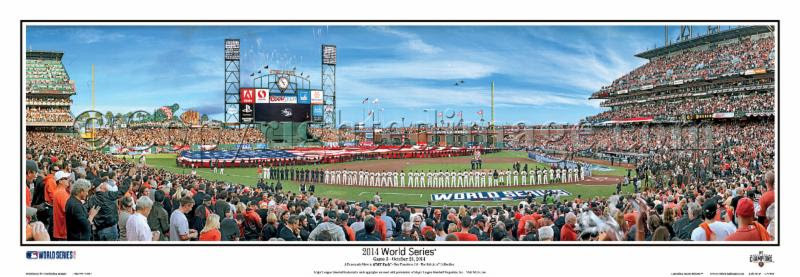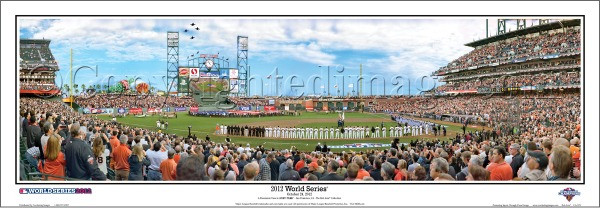Of Major League Baseball’s 30 ballparks, a select few deserve a spot on every baseball fan’s bucket list. Oracle Park stands out for its charm, character, and breathtaking views, rivaled by only a handful of venues across the country. However, this wasn’t always the case for the San Francisco Giants, who played at Candlestick Park for over three decades. Notorious for its windy conditions and cold summer evenings, Candlestick Park served as a multipurpose stadium for both the Giants and the San Francisco 49ers (NFL). Fully enclosed with a seating capacity of over 60,000, the stadium faced numerous issues from the day it opened. By the mid-1970s, the Giants were actively seeking a new stadium, either in the Bay Area or elsewhere. The team came close to relocating to Toronto in 1976, but Bob Lurie purchased the franchise, ensuring it remained in San Francisco.
In the 1980s, city officials proposed covering Candlestick Park with a dome, but the plan never materialized. Subsequent referendums to finance a new ballpark failed in 1987 and 1989, and similar measures were also rejected by neighboring Santa Clara and San Jose. With officials in Tampa lobbying hard to bring the Giants to Florida, the team’s future in San Francisco appeared uncertain. That changed in January 1993, when Peter Magowan purchased the Giants, securing the team’s place in the city. In 1995, the Giants unveiled plans to build a new ballpark in the China Basin district of downtown San Francisco. This project marked the first privately financed ballpark since Dodger Stadium. Construction began on December 11, 1997, and the ballpark officially opened on April 11, 2000, when the Giants faced their longtime rivals, the Los Angeles Dodgers. Over the years, the stadium has been renamed multiple times: Pacific Bell Park, SBC Park, AT&T Park, and, as of 2019, Oracle Park, after the software company secured naming rights for 20 years.
| MEMORABLE MOMENTS AT ORACLE PARK |
|
Situated at the edge of downtown San Francisco, Oracle Park occupies a prime location between King Street and the China Basin, part of San Francisco Bay. Its exterior features a striking steel-and-brick design with two 122-foot clock towers capped by pyramid-shaped roofs and 45-foot flagpoles. At the intersection of King and 3rd Streets, the home plate entrance is adorned with a statue of baseball legend Willie Mays.
Once inside, fans navigate expansive concourses to reach their seats. The main three-tier grandstand offers over 41,000 green seats, stretching from behind home plate to both foul poles, with bleachers located beyond the left field fence. Along the right field fence, only a walkway separates the ballpark from McCovey Cove, part of the Bay. A commemorative sidewalk between the water and the ballpark honors key moments in Giants history, and a screened fence in right field allows ticketless fans to catch glimpses of the game.
Behind the centerfield fence stands the ballpark’s HD video/scoreboard, surrounded by numerous entertainment options. The Coca-Cola Fan Lot, an interactive play area, features four slides inside an 80-foot-tall Coca-Cola contour bottle, allowing fans to “slide into home plate.” Visitors can also admire the world’s largest baseball glove or take in stunning views of the Bay from the outfield promenade. When a Giants player hits a home run, the Coca-Cola bottle comes to life with strobe lights, bubbles, and flashing neon.
Since its opening, Oracle Park has seen few significant changes, preserving its status as a fan favorite. In 2019, the Giants replaced the centerfield video/scoreboard with one of the largest in baseball. The new 4K display covers 10,700 square feet, tripling the size of its predecessor. That same year, the team announced plans to relocate the bullpens from foul territory to behind the centerfield fence, reducing the outfield dimensions. By the start of the 2020 season, the left-center field fence was shortened from 404 to 399 feet, and the centerfield fence from 399 to 391 feet, slightly reducing seating capacity by about 650 seats.
With its stunning views of San Francisco Bay from the grandstand and the city skyline from the bleachers, Oracle Park consistently ranks as one of baseball’s premier ballparks.





















